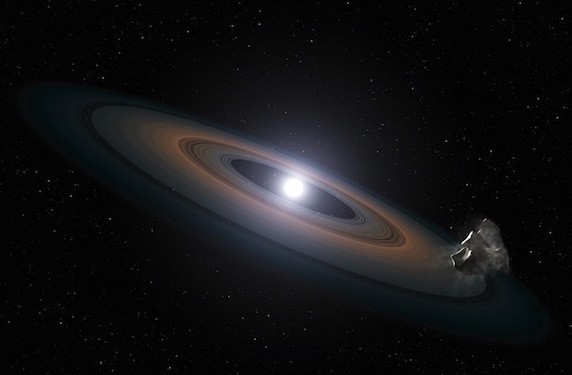This is a continuation about this discovery that had baffled people or better yet gone unnoticed for such a long time:
About a year ago, the review’s author, Jay Farihi of University College London, contacted our Observatories’ Director, John Mulchaey. He was looking for a plate in the Carnegie archive that contained a spectrum of van Maanen’s star, a white dwarf discovered by Dutch-American astronomer Adriaan van Maanen in the very year our own plate was made.
Stellar spectra are recordings of the light emitted by distant stars. Spectra spread out all of the component colors of light, like a rainbow from a prism, and they can teach astronomers about a star’s chemical composition. They can also tell them how the light emitted by a star is affected by the chemistry of the things it passes through before reaching us on Earth.
Stellar spectra images allowed 19th century astronomers to develop a system for classifying stars that is still used today. Modern astronomers use digital tools to image stars, but for decades, they would use glass photographic plates both to take images of the sky, and to record stellar spectra.
What do you think about this? And are there other random data and spottings from past astronomers that have not been paid attention to?
Feel free to comment with your ideas and check back as updates come in!
Image Credit: NASA, ESA, STScI, and G. Bacon (STScI)

Wtf can’t I read this$#%&!@*f**k u and your story…
Convenient
Linda Sotak
Nope.. they are wrong.. it’s a mother spaceship flooding the world with aliens (MIB and Independence Day is just a cover up)